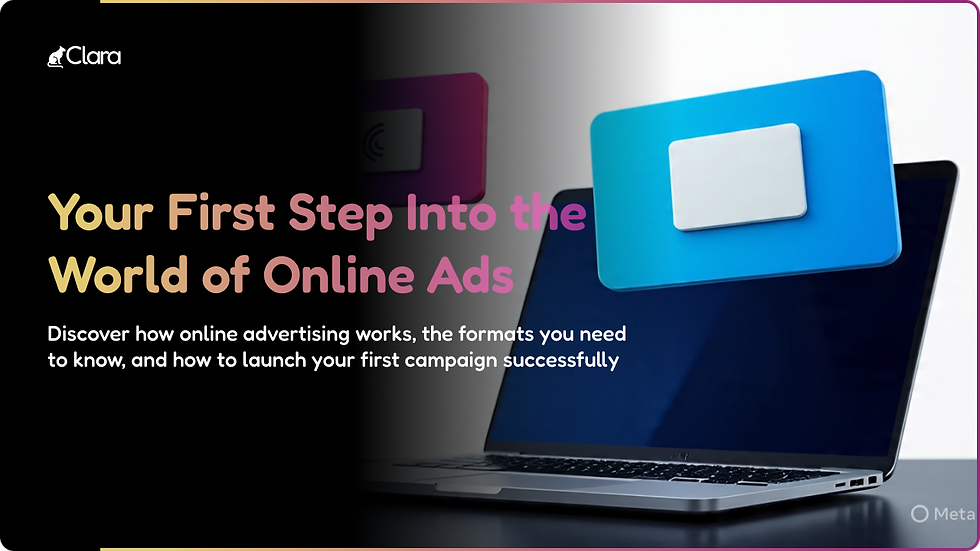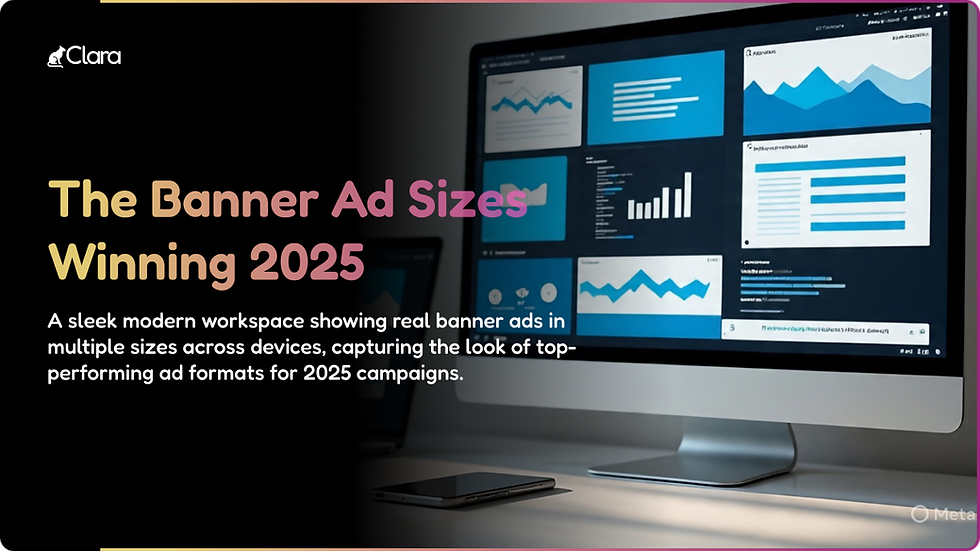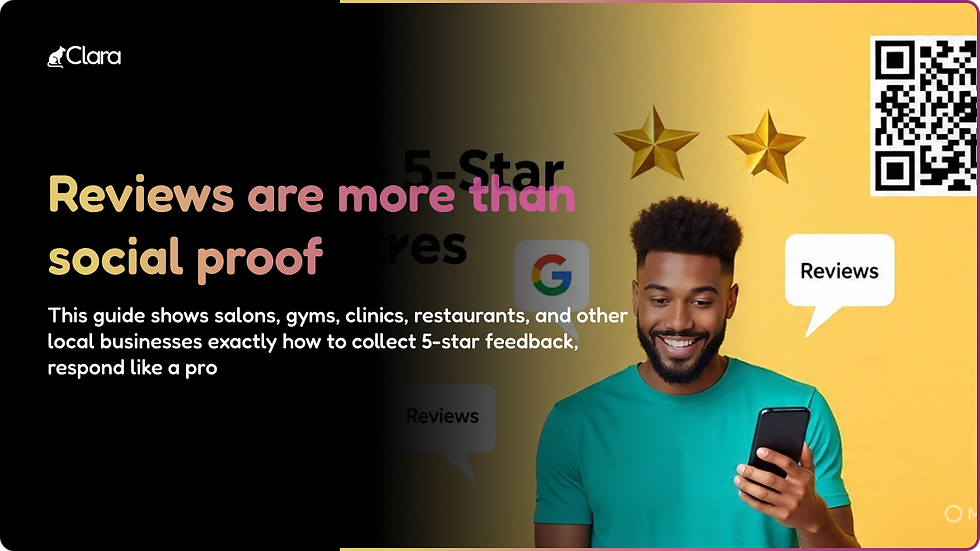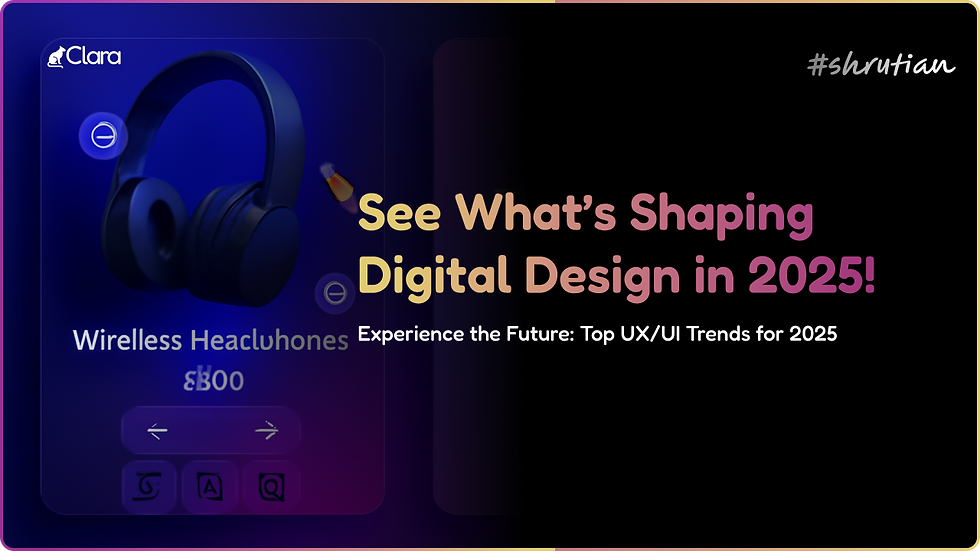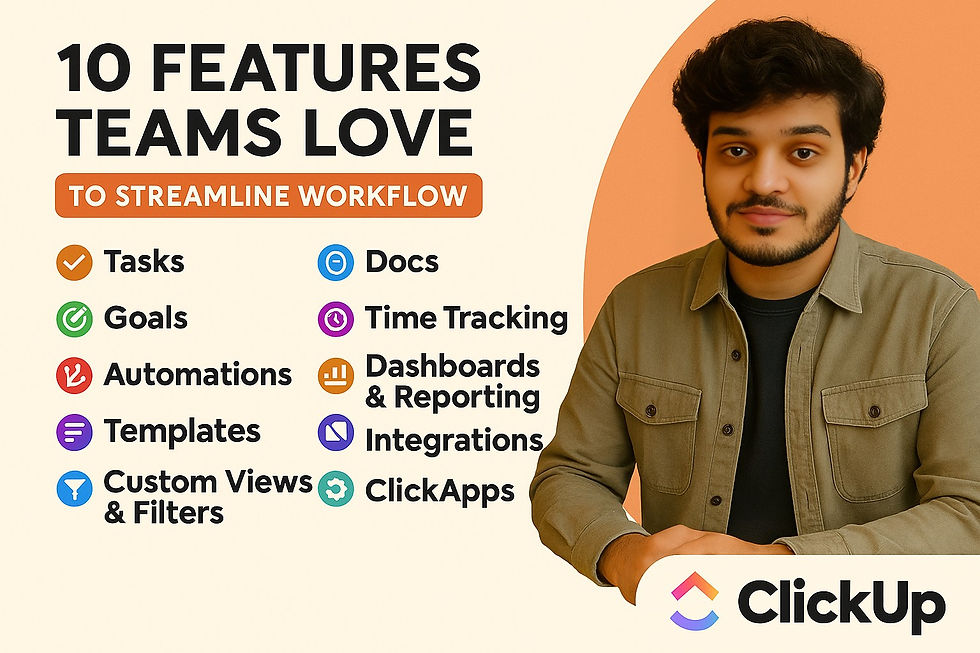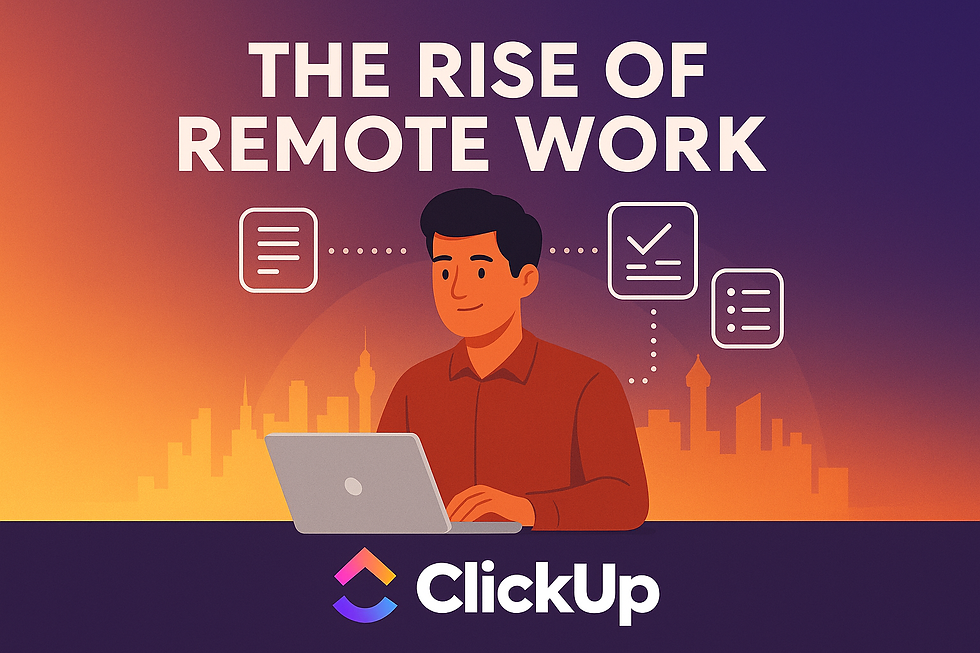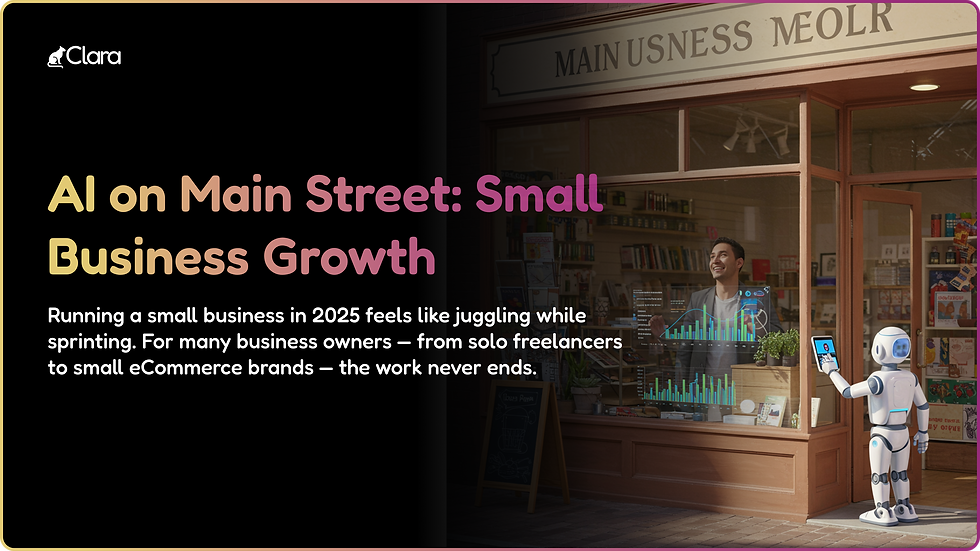- Dravya Bansal
- Jun 15
- 3 min read
Updated: Jul 3
Discover how sustainability, user-generated content, and authentic storytelling can help Western online-first businesses win trust and boost conversions.
A Confession From Your Customer
Meet Sarah, an everyday online shopper in the UK.
Last month, she was looking for a skincare brand that “matched her values.” What caught her eye wasn’t a glitzy ad—it was a short TikTok from someone like her, praising how a product helped their dry skin overnight. Then she found a post about how the brand uses minimal plastic. Finally, a website about their ethical sourcing.
These aren’t flashy campaigns. They’re genuine stories and real people—and that combination has become essential. In 2025, when only 41% of Americans trust online content, your brand’s honesty and real-world voice matter more than ever.
The Crisis: Trust Is Declining—Fast
Let’s be honest: trust in online brands is fragile. According to a recent survey, just 41% of U.S. adults believe what they see online, and 75% admit they trust the internet less than before . Why?
Fake products
Over-polished ads
Inflated reviews
And now AI-generated content
In this environment, Western consumers aren’t looking for noise—they’re looking for realness.
Authenticity Isn’t Optional—It’s Essential
In this age, authenticity means one thing: being human.
Sustainability isn’t just a label—it reflects your values.
User-Generated Content (UGC) shows that real people trust you.
Honest storytelling helps you connect with the emotions behind a purchase.
When someone sees a product review from a customer—not a celebrity—they think, “If it worked for them, it might work for me.” That leap of trust is golden.
Why UGC Packs a Bigger Punch
Let’s zoom into UGC—real content created by your customers.
60% of consumers say UGC is more authentic than branded content, and it’s 9.8× more effective than influencer posts.
86% trust brands that use UGC over influencer marketing.
75% of Millennials say UGC builds more trust.
Imagine your website peppered with customer photos and videos instead of stock—they visually verify your claims. That’s trust you don’t have to buy.
Sustainability & Transparency: A Western Expectation
Sustainability isn’t a nice-to-have—it’s table stakes.
When customers see how packaging is recycled, ingredients ethically sourced, or waste reused—they feel safe buying from you.
This sense of moral alignment drives loyalty. It tells people: “This is a brand I respect.”
Remember the TikTok trend exposing mass-manufactured luxury goods? Customers demanded answers—and brands that responded with openness regained trust. That’s authenticity in action.
Bringing It Together: The Customer Story
Let’s go back to Sarah.
She googles “ethical skincare UK”
Sees a product page with customer pics and honest reviews
Watches a brand founder on Instagram sharing their sustainability journey
Feels more confident placing her order
That’s not marketing—it’s a journey of trust.
How to Build Trust in 2025 (Without Big Budgets)
Here’s how you can get started this month:
Encourage UGC — Invite customers to share reviews, photos, or unboxings.
Highlight your values — Dedicate a corner of your site to sustainability and ethics.
Show your face (or voice) — Be real on social media; share the behind-the-scenes work.
Use verified reviews — Use platforms that authenticate buyers to boost credibility.
Feature real photos/videos — Avoid stock; use genuine customer visuals.
Final Thought: Trust Costs Nothing—but It Earns Everything
In 2025, trust is your best currency.
Customers today want evidence—real people, real values, real stories. Brands that deliver this live in their feeds, websites, and hearts—earning loyalty instead of just clicks.
So don’t chase polish. Chase personality. Chase purpose. Chase proof.
And you might just find that the best path to growth isn’t harder campaigns—it’s simply being real.




